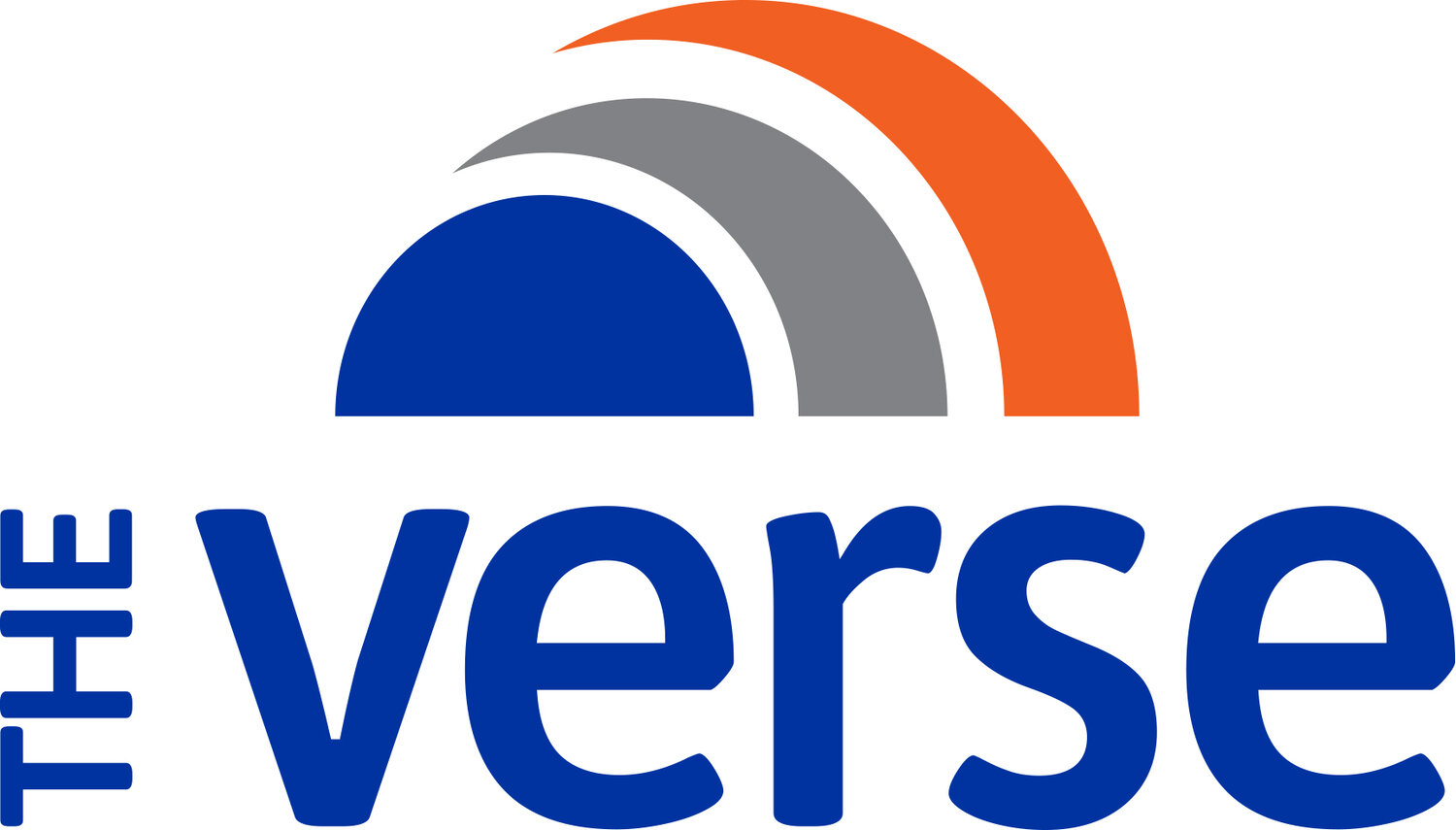Ideas for Activism: How to Make a Difference
Give a damn (the right way).
This may not seem the opportune time to get involved with a cause, but we would argue there’s never been a better one. Many communities, organizations and the people they serve are dealing with unprecedented needs. And, like so many other things gone virtual, engagement opportunities have expanded, which could allow you to contemplate helping in a creative, post-COVID way. Convinced? We’ll help you keep your do-gooding from mounting too many more to-dos, with our plan to help you roll up your sleeves.
Find your niche.
Like that perennial do-what-you-love career chestnut, you’ll be far more useful to a cause that personally moves you. There’s no point in putting in time if you’re not really feeling it, so don’t worry if others deem it worthy or not—you know your own heart and mind. If a mission speaks to you, your energy will follow suit, and the benefits of your involvement will flow two ways.
Do your research
Once you’ve narrowed down the causes you care about, it’s time to look for the organizations and/or leaders who are meeting the challenge. And while “meeting the challenge” is somewhat subjective, there are some helpful objective measures when it comes to nonprofits. Sites like Charity Navigator and Guidestar use a number of metrics to show the impact and health of charitable organizations. If you’re looking at an opportunity to be of service within your community, try checking the org’s staff or board to see if you have a shared connection.
Choose your hustle.
It’s important to have a very clear picture of how you’d like to help, and how often. If you just want to give money, by all means—but it’s still worth engaging, so you can make sure your donation is going to a pressing need and won’t be restricted in any way. If you want to give your time and talents, make sure you’re honest with yourself about how much time you actually have—for instance, you may want to support an annual event rather than volunteer for something on the reg (and there’s no shame in that game, either).
Set your (great) expectations.
It’s perfectly okay to have a “discovery” call to make sure you and the organization meet each other’s expectations. Some questions to ask: What will you be doing? What is the onboarding or training process? What level of support will you have from the staff? How will you check in or give feedback to the organization? Are there any unwritten expectations around financial support? It’s better to hash this out in advance to make sure your expectations match your aspirations.
